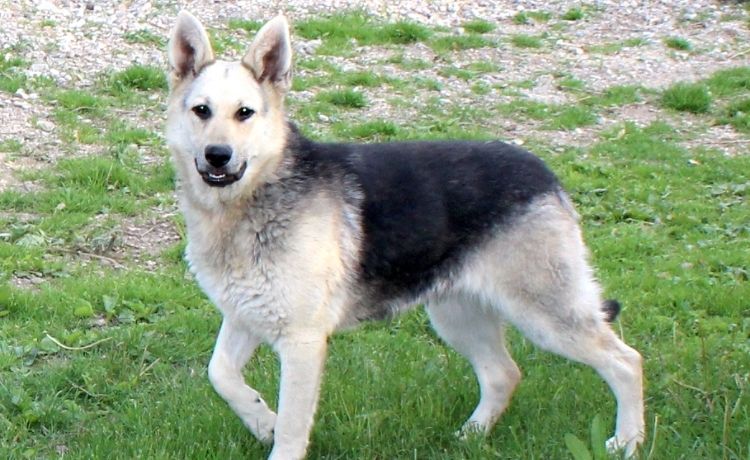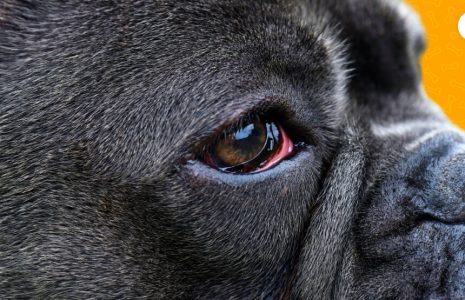Understanding Dachshund Health: What Every Future Owner Should Know?


Dachshunds are probably one of the most immediately recognizable dogs on the planet, with their snouty, long bodies and sweet little legs. And yet, despite their small size, they have huge personalities.
They are dogs who are ridiculous and naughty, unbreakably loyal, and so clingy they’ll melt the coldest of hearts. But with their own special sausage body and macho attitude comes a special set of demands.
As a future carer, learning about the breed’s health issues is useful. You should be ready for possible conditions affecting your dog’s lifestyle and yours.
Whether you are adopting, fostering, or just researching, here is all you need to know about maintaining the physical health of a Dachshund in optimum condition.
Stay tuned for a comprehensive understanding of Dachshund health conditions in detail.
Dachshund Health: The Famously Long Body Of Dachshunds

The most characteristic feature of a Dachshund is the playfully long body colloquially referred to as sausage dog and weiner dog.
No coincidence defines their bizarro-but-adorable tube form. It’s the result of centuries of selective breeding.
Activities like heartfelt puppy adoption from Heart 2 Heart Puppies make their extreme and trendy shape all too common in residences everywhere.
Dachshunds were first bred to hunt badgers in Germany. Badger hunters needed a dog with a short, narrow body to go down burrows.
The dog needed hard feet to dig and a combination of strong jaws and unbreakable courage to pull animals out of their den. Dachshund means “badger dog” in German.
Their distinctive body features did not go unnoticed, and Daschunds became popular pets. Later, breeders perfected their looks to produce the ‘style’ people desired: the longer back, the shorter legs, the smaller size.
This eventually led to the numerous beautiful varieties of Dachshunds existing today, i.e., long-haired, wire-haired, miniature, and dappled.
What a Long Body Means for Health
Because their bodies are abnormally long, Dachshunds do have back issues. It’s just that the pressure their extended backs have to bear is too intense. Although their legs are stout, they are short and can’t bear as much as an even-sized dog’s leg can.
So their backbone takes all the pressure. It isn’t that they don’t live long, healthy lives, it’s just something that any Dachshund owner needs to have a good grasp of.
Back Trouble
Not surprisingly, the largest health concern for the Dachshund is back trouble. About 25% will get Intervertebral Disc Disease (IVDD) throughout their lives.
It’s when discs between vertebrae bulge or rupture and pressure the spinal cord. It’s severely painful and can result in nerve damage or, if it’s not detected soon enough, complete paralysis of all four legs.
Since your Dachshund cannot inform you verbally if their back hurts, you must pay attention to what they do. When you see any of the following, call your vet:
- Resistance to walking or ramps
- Dragging hind legs (look for scuffed toenails)
- A stiff walking patterns or limping
- Yelping or whining when you lift him up
- Tucked back or hard abdomen
- Incontinence of bladder or bowel
Taking the initiative can enable you to catch IVDD early and provide your dog with the best possibility for recovery, whether rest or surgery.
Other Common Illnesses
Dachshunds are also called a chondrodystrophic breed. Chondrodystrophy is a term medical staff use to denote deformed growth in cartilage, which within this breed is caused by selective breeding for limb abnormality.
Their long legs increase faster, resulting in their extra length, whereas their short leg bones become bent and thus result in a bow-legged appearance.
This can result in joint issues, arthritis, and lameness on walking. Except for IVDD, the below are a few of the other most significant health problems for the Dachshund:
- Patella luxation: Kneecap slipping out of joint.
- Obesity: This can be very dangerous due to the added stress on their backbone and joints.
- Dental disease: Smaller breeds of dogs, such as Dachshunds, are prone to more periodontal disease, so brushing is crucial.
- Heart conditions: This risk will increase with older Dachshunds.
- Sinus problems: With the dolichocephalic or long-headed characteristic, Dachshunds are prone to sinus cavity infection.
- Deafness: Double-dapple Dachshunds are born with deafness genes.
- Hip dysplasia: Check for withered thigh muscles or hopping.
- Eye conditions: Conditions include glaucoma, progressive retinal atrophy, cataracts, and blindness, especially in those inheriting the deadly double dapple gene combination.
- Seizures: Conditions like epilepsy are relatively common in Dachshunds.
- Bloat: Their profound chest predisposes them to an enlarged belly, which can lead to Gastric Dilatation-Volvulus (GDV), an emergent and life-threatening condition prevalent in large dogs like German Shepherds.
Healthcare Tips
Even though part of the Dachshund’s ailments is inherited, there are some things which you as an owner could do to make their life more comfortable. Here are some ways to minimize health hazards for your pet:
- Kept at a healthy weight on quality food
- Ramps or stairs to couches and beds
- Up the stairs, carry them and don’t let them jump
- Lift supporting the body to maintain the spine in its place
- Stay away from slippery floors, or a misstep may lead to agony
- Schedule vet visits as a matter of routine, as it is always safer
Just so you can take care of your four-legged friend even in difficult times, it’s also a smart idea to avail of a good pet insurance policy.
The operations can be costly, and it is hard to cover the expenses yourself. IVDD can cost between $3,000 and $9,000 on average, and spinal curvature can be as costly as $15,000.
Hip dysplasia can run as high as $6,000 per hip, and GDV procedures can cost $7,500 in vet charges. Anti-seizure medication also gets costly, and epilepsy is estimated at a price of as much as $15,000.
Knowing the Badger Dog!
Dachshunds may be small, but their ego is full to the brim. If properly cared for, they are wonderful dog companions.
Taking a Dachshund in, however, is a move that requires some deliberation. Their physique requires some special attention, their characteristics require some thought, and their medical requirements may be complicated.
They’re a huge responsibility, which is why they cause so many of the 3.1 million dogs to end up in shelters yearly. If you have the compassion to adopt one into your home, the love you receive is incredibly rewarding.









Leave A Comment